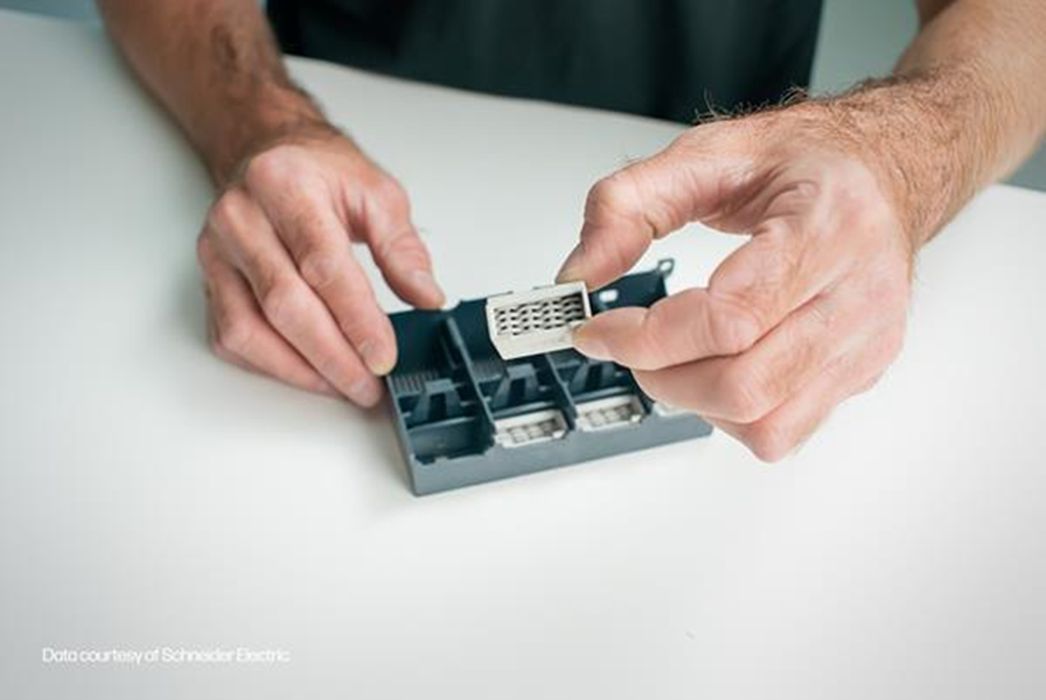
Charles R. Goulding and Preeti Sulibhavi suggest use of 3D printing in the HVAC industry could increase.
The HVAC industry has struggled with supply chain issues all summer and is about to experience large demand increases related to the Inflation Reduction Act’s (IRA) tax incentives.
Effective for projects completed after January 1, 2O23, the 370-billion-dollar IRA provides unprecedented tax incentives for heat pumps, combined heat and power (CHP), geothermal and thermal storage. These technologies are now eligible for two tax incentives which are the investment tax credits (ITC) and up to US$5.00 per square foot commercial energy tax deductions under IRC code section 179D.
The highest range of tax incentives is available for companies that meet domestic content, prevailing wage and apprenticeship program qualifications. The challenge is an industry that has been unable to meet conventional demand due to supply chain issues.
So how does the industry meet large demand increases for more complex product offerings?
One clear solution is a marked increase in leveraging 3D printing technology. We have previously written about the underutilization of 3D printing in the HVAC industry as well as companies, such as Schneider Electric, showcasing the viability of mass metal 3D printing.
With recent advancements in 3D printing technology, what was once virtually impossible to fabricate for the HVAC industry, is now a viable option for the industry.
There are many reasons to think about 3D printing when thinking about HVAC. Many HVAC components can be 3D printed, such as ducts, blowers, combustion chambers, condensers and evaporator components. With a high concern for long-lasting quality products that don’t leak air with faulty seams and units, 3D printing can help create durable parts that are lightweight and geometrically complex in shape so they can fill in hard-to-reach spaces more easily.
The Research & Development Tax Credit
The now permanent Research and Development (R&D) Tax Credit is available for companies developing new or improved products, processes and/or software.
3D printing can help boost a company’s R&D Tax Credits. Wages for technical employees creating, testing and revising 3D printed prototypes can be included as a percentage of eligible time spent for the R&D Tax Credit. Similarly, when used as a method of improving a process, time spent integrating 3D printing hardware and software counts as an eligible activity. Lastly, when used for modeling and preproduction, the costs of filaments consumed during the development process may also be recovered.
Whether it is used for creating and testing prototypes or for final production, 3D printing is a great indicator that R&D Credit eligible activities are taking place. Companies implementing this technology at any point should consider taking advantage of R&D Tax Credits.
Conclusion
To address the anticipated HVAC demand issues the entire HVAC industry needs to follow the HP/Schneider Electric example. The US can’t meet the need to reduce energy usage and emissions without products that can accomplish these policy goals.

